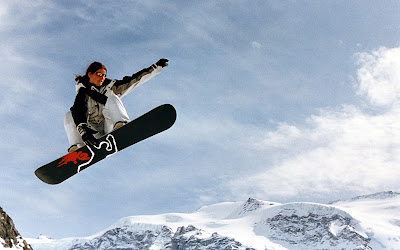CAGE DIVING
The most common method of diving with sharks is cage diving. This method is by far the safest, yet it still allows you to get up close and personal with the sharks. The cage, which is attached to a boat, is typically a rectangle and fits you and three other friends at a time. Once in the water, you have a largely unobstructed view of the sharks as they swim within feet of the cage.
What will you need if you want to cage dive with sharks? A healthy grip on your fear, for one. After that, you only need the basic equipment to snorkel or scuba tank, such as a wetsuit, a snorkel, a weight belt to keep you underwater, and scuba gear if you are a certified scuba diver. Instead of snorkeling gear, the boat might have its own "hookah style" air system that pumps air directly to you through a long hose from an air compressor on the boat [source: Alaska Mining and Diving Supply]. This method means that you don't need a tank in the water but can still be fully submerged to get the best view. The company that charters the trip should have most, if not all, of the equipment you will need.
History of Shark Cage Diving
Great White Shark Cage Diving has, in recent years, become one of the most popular adventure activities amongst adrenalin junkies, divers & tourists. Shark Cage Diving has become hugely popular around the world and in particular in South Africa where it was started 20 years ago in Gansbaai near Hermanus in the Western Cape. Hermanus is just an hour and a half drive from Cape Town, the “Mother City” of South Africa.
South Africa has become known around the world as one of the best Great White Shark Cage Diving destinations in the world. Great White Shark Cage diving is offered in many locations around the coast of South Africa, all theShark Cage Diving operators are required to have a permit as well as licensed boats which are checked regularly to ensure their equipment is in peak working condition. All Shark Cage Diving boat crew are required to have been trained as well as many operators ensuring that their staff have received training in the Tour Guide industry.








_190854.jpg)



